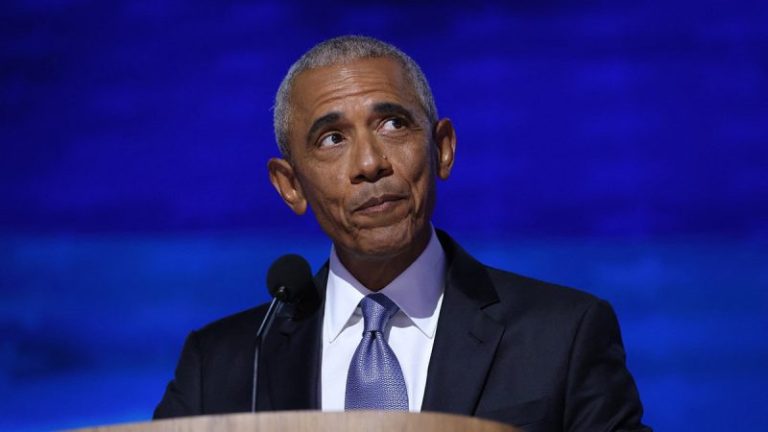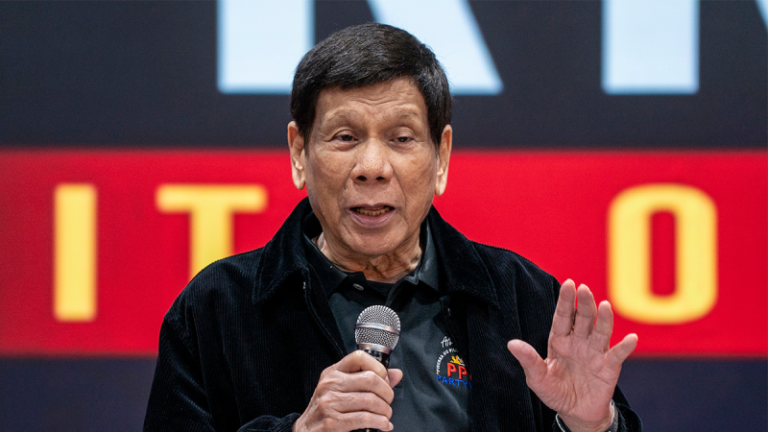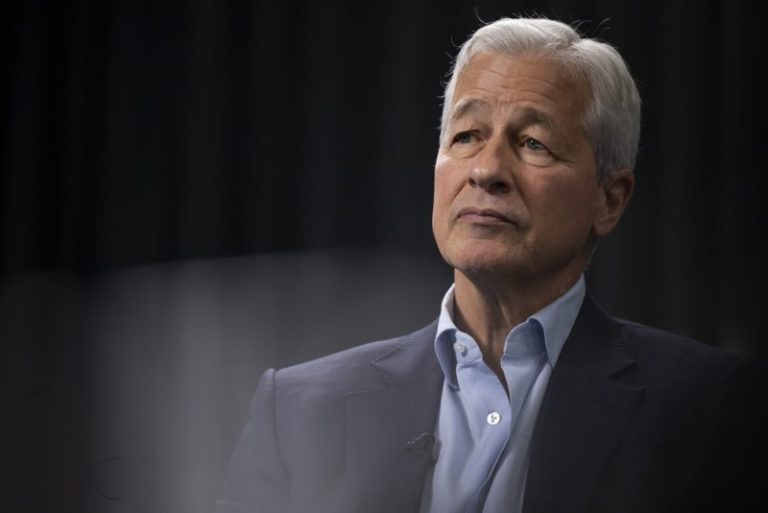A plan to avert a partial government shutdown backed by President Donald Trump is heading for a House-wide vote on Tuesday.
The House Rules Committee, the final gatekeeper before legislation hits the House of Representatives chamber, advanced the bill along party lines on Monday evening.
Tuesday is expected to first see a vote to allow for lawmakers to debate the bill, known as a ‘rule vote,’ followed by a chamber-wide vote on the legislation itself later in the afternoon.
It’s a major test for Trump and Speaker Mike Johnson, R-La., as they seek to corral a House GOP conference that’s been exceptionally fractured on the subject of government funding.
As of late Monday evening, the bill’s chances of passing are still uncertain, even despite Trump himself making calls to potential holdouts.
Two sources told Fox News Digital that Vice President JD Vance will be on Capitol Hill on Tuesday morning for House Republicans’ regular conference meeting, in an apparent bid to help push dissenters along.
In addition to one staunch opponent, there are at least four other House Republicans who are undecided or leaning against the bill.
With all lawmakers present, Johnson will likely only be able to lose two Republicans to pass a bill along party lines.
Rep. Tim Burchett, R-Tenn., told reporters he was ‘currently’ against the bill during the House’s 6 p.m. ET vote series.
‘I like the fact that it has less spending, but I hate the fact that they push it over to the war pimps at the Pentagon once again, and that’s kind of my hang-up,’ Burchett said, adding that he hadn’t heard from Trump at the time.
Rep. Cory Mills, R-Fla., and Rep. Rich McCormick, R-Ga., signaled they were undecided, with the latter signaling he was leaning against the bill.
‘I refuse to paint myself in the corner. I don’t think that’s a smart thing to do. But as it stands right now, it doesn’t make sense to say anything is going to be different in September than it is right now,’ McCormick said.
The bill is a continuing resolution (CR), which is a rough extension of fiscal 2024 funding levels to keep the government open through the start of fiscal 2026 on Oct. 1.
Republicans are largely expected to shoulder the bill alone in the House, despite a significant number of GOP lawmakers who would normally be opposed to extending Biden administration-era funding levels. House GOP leaders are confident, however, that it will pass.
Democrats have outnumbered Republicans in anti-government shutdown votes in recent years, but this time their opposition Elon Musk’s Department of Government Efficiency (DOGE) has many left-wing lawmakers signaling their opposition to the bill.
But what’s lending optimism to Johnson allies is the fact that two of the measure’s most vocal backers are the senior-most members of the hawkish House Freedom Caucus.
Rep. Chip Roy, R-Texas, the group’s policy chair, told Fox News Digital on Monday morning that a key part of conservatives’ pitch to fellow fiscal hawks is that Trump will likely still move to spend less money than the CR appropriates, including funding that he’s already blocked by executive order.
‘Step 1 is the CR freezes spending, guys, that’s a win; No. 2, no earmarks; No. 3, no giant omnibus; No. 4, we believe the president can impound,’ Roy said of his pitch.
Freedom Caucus Chair Andy Harris, R-Md., cited Republicans’ near-uniform vote on their Trump-backed federal budget bill last month.
‘There were a lot of people in Washington who said we would never pass a debt ceiling increase with only Republican votes, and we did in the House,’ Harris said. ‘I think, similarly, there’s some people who, including some of the Democrats, who think, ‘Well, they’re going to have to come to us, because they can never pass a continuing resolution with only Republican votes.’ And I think we’re going to see the same result [Tuesday].’
But with razor-thin margins, Johnson can afford precious little dissent to still pass the bill on party lines.
At least one Republican is already opposed: Rep. Thomas Massie, R-Ky., a staunch Johnson critic, wrote on X late Sunday, ‘Unless I get a lobotomy Monday that causes me to forget what I’ve witnessed the past 12 years, I’ll be a NO on the CR this week. It amazes me that my colleagues and many of the public fall for the lie that we will fight another day.’
The 99-page legislation was released over the weekend.
The bill allocates an additional $8 billion in defense spending to mitigate national security hawks’ concerns, while non-defense spending that Congress annually appropriates would decrease by about $13 billion.
There are also some added funds to help facilitate Immigrations and Customs Enforcement operations.
Cuts to non-defense discretionary spending would be found by eliminating some ‘side deals’ made during Fiscal Responsibility Act negotiations, House GOP leadership aides said. Lawmakers would also not be given an opportunity to request funding for special pet projects in their districts known as earmarks, another area that Republicans are classifying as savings.
It allows Republican leaders to claim a win on no meaningful government spending increases over fiscal 2025.










